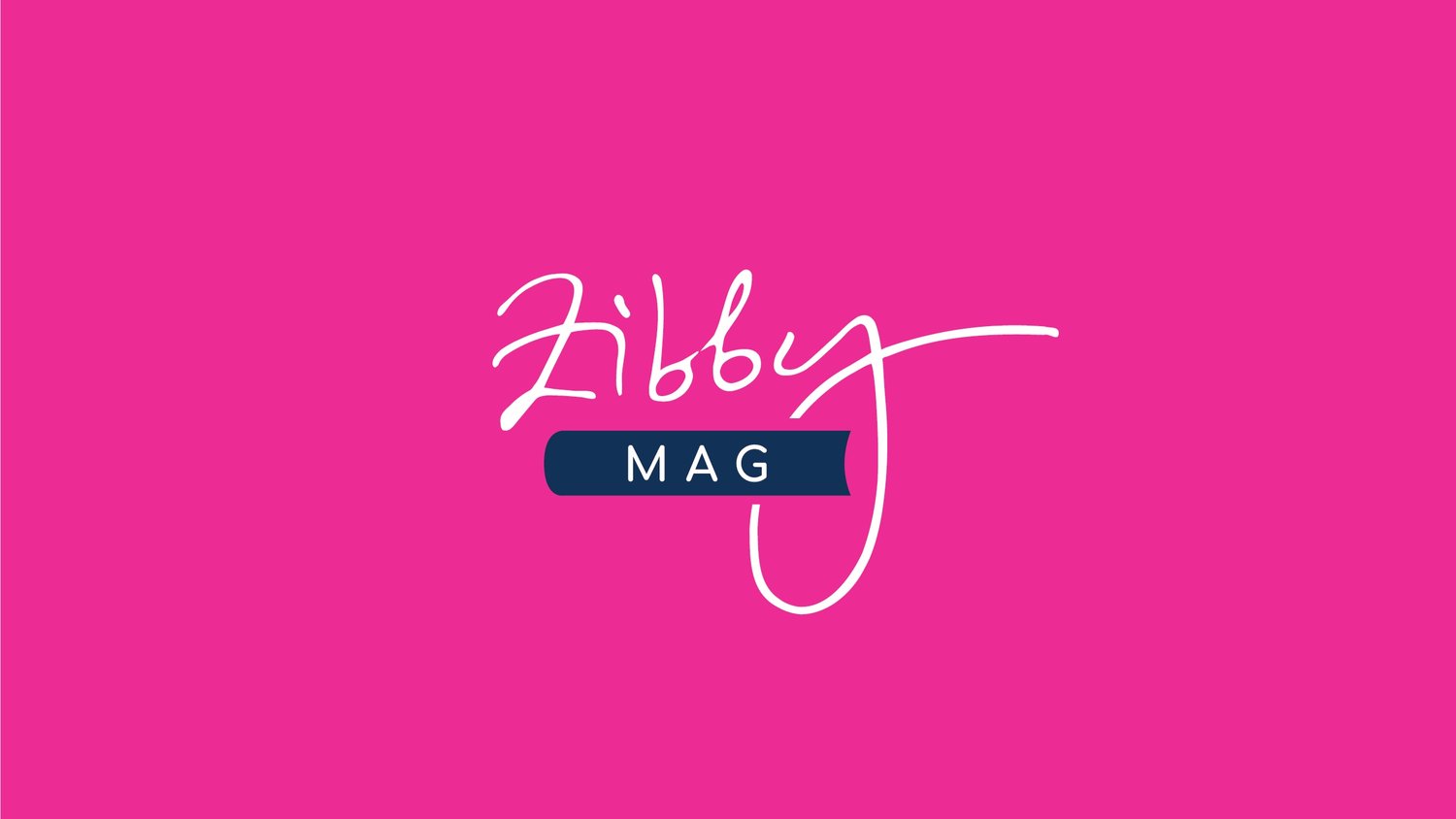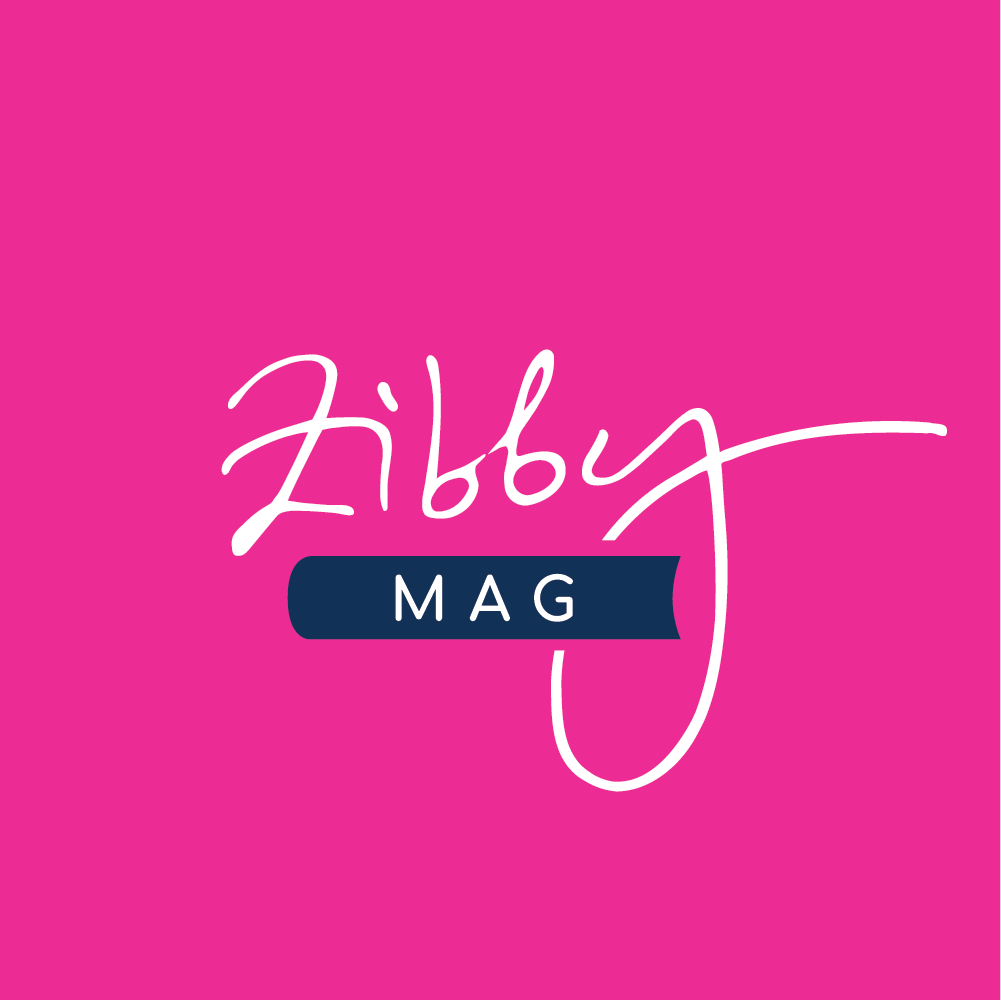How I Write: Moleskine Presents Five Craft Questions with Emma Grey
Emma Grey started writing stories more than four decades ago—since then, she’s published several YA novels and nonfiction works. Her acclaimed adult fiction debut, The Last Love Note, tells the story of Kate, a young widow who is trying to piece her life back together with the help of her dating-obsessed best friend, meddling mother, adorable son, and boss who refuses to fire her. Here, Emma Grey discusses her creative process and what she does when she’s feeling stuck.
In anticipation of the book’s launch on November 28, Zibby Books has teamed up with iconic stationery and accessory brand Moleskine to produce a limited-edition notebook. Follow the Zibby Books Instagram account for a chance to win!
How do you begin writing projects?
I usually start with a very brief premise and no idea how the story will unfold. For The Last Love Note, I knew I wanted to write about a midlife widow processing her husband’s death while she began to fall for someone else . . . and that’s it. I don’t plot my stories in advance, so it’s very much a process of letting the characters unfold the story for me, while I rush to capture the action on the page, as if watching a movie. The first draft is a breathless telling of the action and dialogue. Much of the detail and description is layered in later. If I think too far ahead, and see the twists, or the ending too early on, there’s a risk I’ll lose interest—as if I’ve given myself a spoiler.
Are there other parts of your writing process that you prefer to execute by putting pen to paper?
I love capturing story ideas in a notebook, and I have a fresh notebook for every new book that I write. As the book becomes further advanced and the rewriting and editing process begins in subsequent drafts, I keep a book close to jot down questions, problems, and ideas as I go. It’s also how I like to keep my “to do” list, including the many publicity tasks closer to publication. It feels “safer” somehow, having everything written on paper.
Can you speak to the importance of capturing moods, feelings, and ideas on the fly?
Ideas often strike when I’m away from the computer—particularly for dialogue. I’m one of those authors who must look like I’m talking to myself at traffic lights, speaking aloud scenes in the car. Or I’ll be people-watching in a shopping center or cafe, and have ideas that help untangle or enhance the narrative. Sometimes, the act of having pen and paper in my hands stimulates ideas, even if I’m not actively writing anything down. Perhaps it’s because I wrote my first “novel” at fourteen, in the late ’80s, in a notebook. There’s something that feels so creatively hopeful about holding blank pages in your hands . . . anything could happen.
Where's the most unlikely or unusual place you’ve written something memorable?
As an Australian who usually writes on my sunny veranda or curled up on the couch at home, for me it was starting The Last Love Note in the reading room at the New York Public Library. It was 2017, just a few months after my husband died and I’d been flown to the States for a memorial conference in his honor (he was a world-renowned military historian). After the conference, which had been very emotionally challenging, I spent three days in New York—a city that knows grief intimately, yet manages to continue on, dazzling and vibrant and full of hope. I wondered, perhaps the same might be true for me?
On a whim, I took myself to the library, knowing I wanted to write a novel about love and loss, and that tantalizing hope of absorbing grief into a still bright future. New York was the perfect place for me to begin, and it’s why I’m so thrilled to be returning several years later, with a New York publisher—and doing an author talk in the library where it all began.
When or where do you feel your most creative? Do you have any tips on re-igniting creativity when you’re feeling stuck?
I’m a devotee of Julia Cameron’s “Morning Pages” from The Artist’s Way. She says if you start the day with three handwritten, stream-of-consciousness pages, you empty your mind of all the clutter—opening space for creativity.
Going for a long walk also helps, or getting into nature, and I always feel particularly creative by the ocean. Sometimes it’s a change of scenery that we need to give us a fresh perspective.
The main thing is to lift pressure on ourselves to write something “perfect” (or even something remotely good). The key to writing is to buckle ourselves in and hold the course during the mess of the first draft, trusting that most of the magic happens later.
Emma Grey is an acclaimed Australian journalist and young adult fiction writer. Her writing has appeared in The Age, Canberra Times, and Herald Sun. The Last Love Note is her debut adult novel. She lives in Canberra, Australia, with her family.


